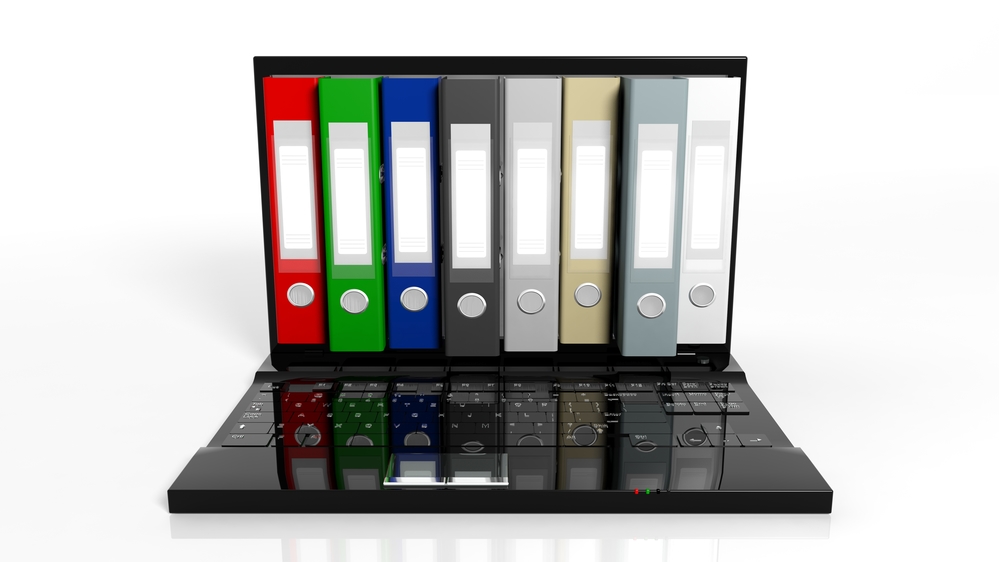
Making Tax Digital – The Impact on VAT
As of April this year (unless deferred, in which case from October 2019), it became a law that businesses labelled VAT-registered must turn to digitised methods to maintain VAT records. This is a branch from the Government’s goal of Making Tax Digital by 2020. The impression here is that going digital will provide more effectiveness, more efficiency, and it will be easier for taxpayers to get their tax right. Not to mention, a lot of tree-saving.
Staying Above Board
As such, it is important you ensure your company/your client’s VAT records are kept tip-top. This is done through preserving records digitally and forwarding VAT-returns via MTD-compatible software. The system commencement date will vary dependant upon the business and when the VAT-period starts.
After April 1st, it was no longer possible to complete paper-based correspondence with HMRC. Instead, online software is the route you must take to tackle anything regarding VAT. You will find an abundance of compatible software listed on the relevant pages of the Government website. Though there is no specific date where it becomes mandatory to use such software, everyone who falls under the umbrella of VAT-registered are encouraged to incorporate software into their digital record-keeping as soon as possible.
Questions to Ask Yourself
If you suspect that you are soon likely to fall within the VAT-threshold, you must follow suit to remain legally abiding. It’s important to mention, digital VAT does not just encompass returns, but spreads to every aspect of the business relating to VAT to be maintained in digital form. According to HMRC, this is so that it is immediately available, and proves absolute preservation of VAT data.
As mentioned, deferred businesses are recognised as requiring a later start date to make their VAT digital. If you are unsure if you are considered as such a business, it would be beneficial to contact your accountant or read up on it on the Government’s website.
Automated Forward Motion
It’s important to note that deadlines will remain unaffected. Filing will still be completed on the appropriate dates, pivoted on the size of your business (the bigger the business, the higher the frequency). Just to reinforce, the only change will be that all record keeping and returns must all be fulfilled digitally.
As such, the use of spreadsheets is discouraged- with being so susceptible to accidental alterations (an incorrect formula here, a random numerical typo there); means information is vulnerable, and what is meant to be systematically preserved, is not. With such a plethora of software available to maintain your VAT records, there will be one that mimics the clarity and extensive capabilities of a spreadsheet.
Likewise, moments where you might issue an invoice, or create an expenses log, though you may still utilise a paper-version, at some point before the filing date it is imperative you upload these alongside the records. You would otherwise register them following traditional methods, as such, they must be treated in the same way- with the final result being digital logs. For example, you cannot sum up the monthly total of invoices and upload this total. Rather, you must add each invoice separately and to the relevant location online.
Expert Guidance
In a bid to create something of efficiency, first, the original system must be disregarded and this can be alarming and complicated. Though there is substantial guidance on the Government’s website, often, it is more beneficial to speak with someone face-to-face.
Stonehouse Accountants are well established within this industry sector. With our expertise, we will happily assist you in any Making Tax and VAT Digital issues or complexities you may have. If you have any questions regarding a change to digital VAT record, feel free to contact us today on 01733 265888.
